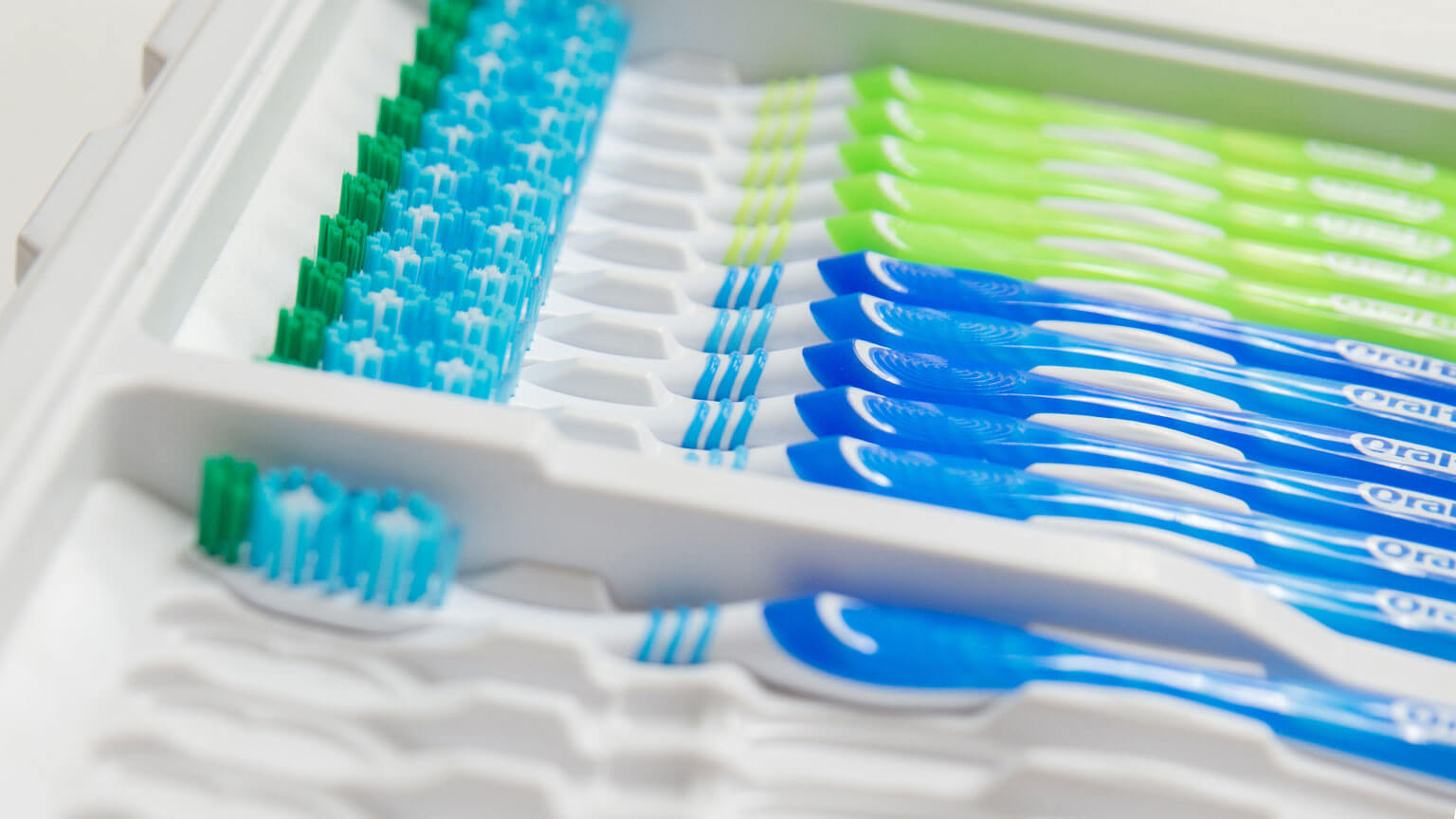Company Overview
Plastics Unlimited is an industry leader in innovative thermoforming and composite manufacturing. With decades of experience, we offer a wide range of custom plastic solutions for industries such as agriculture, medical, automotive, industrial, and much more.
Objective
To highlight the differences between thin-gauge and heavy-gauge thermoforming, providing a clear understanding of the advantages, limitations, and ideal use cases for each. This knowledge helps clients select the right solution based on product design, durability, and cost-effectiveness.
What Is Thermoforming?
Thermoforming is a manufacturing process where a plastic sheet is heated to a pliable forming temperature, formed to a specific shape using a mold, and trimmed to create a usable product.
Thin-Gauge Thermoforming
Definition
Thin-gauge thermoforming uses plastic sheets typically less than 0.060 inches (1.5mm) thick. These materials are usually fed into the forming machine from rolls, making the process highly efficient for continuous, high-speed production.
Pros
- Cost-effective for high-volume production
- Fast cycle times and high throughput
- Lightweight and flexible
- Suitable for disposable or semi-disposable items
- Lower material costs
Cons
- Limited durability and structural integrity
- Not ideal for load-bearing applications
- Lower impact resistance
Typical Products
- Medical trays and packaging
- Disposable food containers
- Clamshell packaging
- Blister packs
Heavy-Gauge Thermoforming
Definition
Heavy-gauge thermoforming (Sometimes referred to as Thick-gauge thermoforming) uses plastic sheets thicker than 0.060 inches (1.5mm). These sheets are typically cut individually from flat stock and hand- or machine-loaded into the forming station. This method allows for greater part precision and control, ideal for large, durable components.
Pros
- Greater durability and rigidity
- Can replace metal or fiberglass parts
- Highly customizable and cosmetically appealing
- Ideal for low-to-medium production volumes
- Good for large parts and complex shapes
Cons
- Longer cycle times
- More expensive tooling than thin-gauge
- Not suited for high-volume disposable products
Typical Products
- Vehicle dash panels
- Agricultural equipment covers
- Medical device housings
- Industrial enclosures
Summary Comparison Table
| Feature | Thin Gauge Thermoforming | Heavy Gauge Thermoforming |
|---|---|---|
| Sheet Thickness | < 0.060” (1.5mm) | > 0.060” (1.5mm) |
| Ideal Volume | High | Low to Medium |
| Typical Applications | Packaging, trays | Covers, enclosures |
| Durability | Low to moderate | High |
| Tooling Cost | Low | Moderate to high |
| Product Lifespan | Disposable/short-term | Long-term structural use |
Conclusion
Choosing the right thermoforming process depends on the end-use, required durability, production volume, and cost targets. At Plastics Unlimited, we currently only offer Heavy Gauge Thermoforming.
Learn more about our thermoforming capabilities and thermoforming plastic products.
 Request Quote
Request Quote
